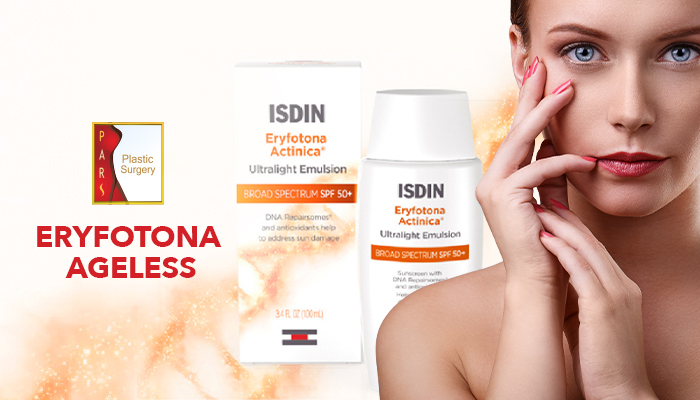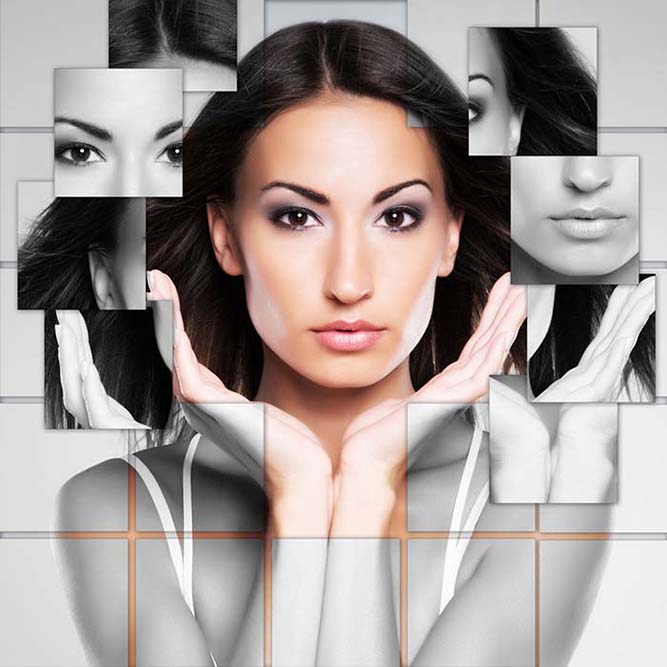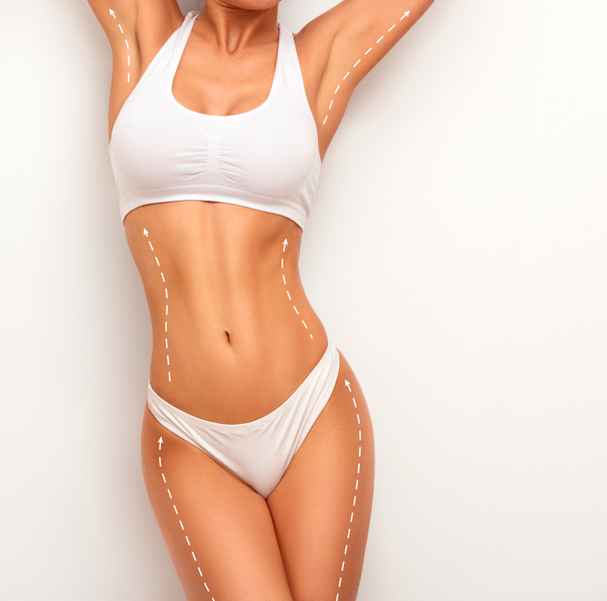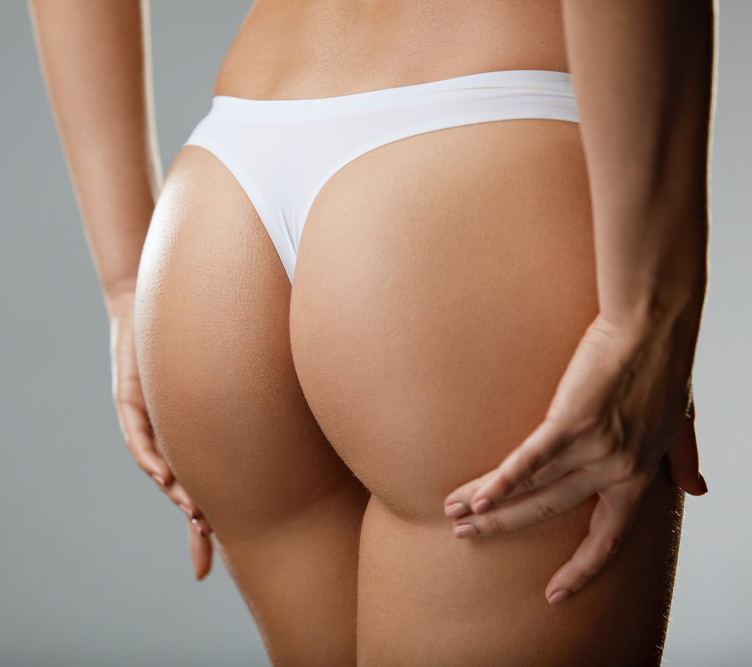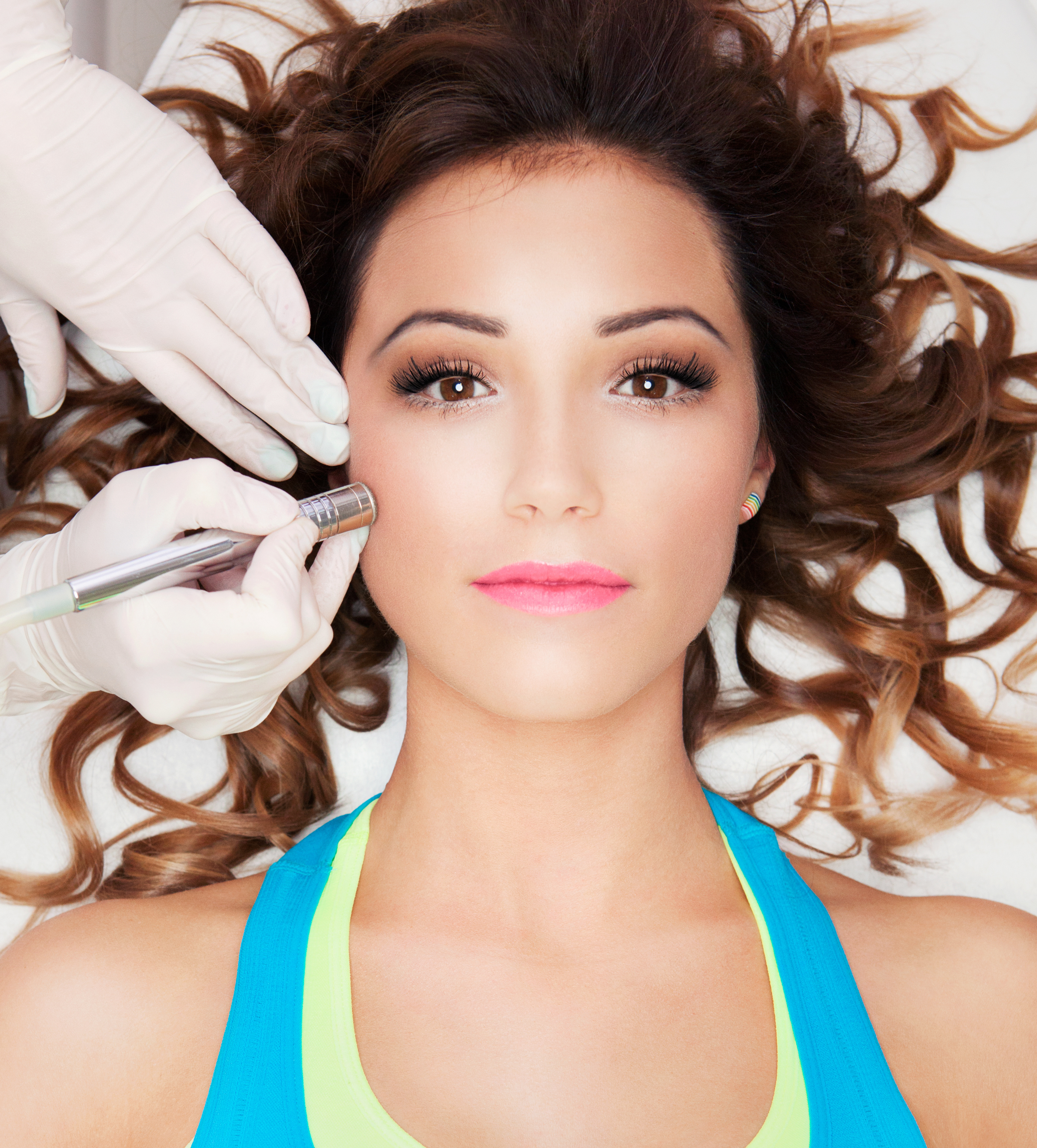
Sometimes aging, acne, and too much sun exposure can leave blotches, scars, wrinkles, or lines in the skin, especially in the face. Laser skin resurfacing is a technique that helps to restore the skin to a younger and healthier place.
Laser skin resurfacing is also called “lasabrasion,” “laser peel,” or “laser vaporization.” This popular procedure removes the damaged skin layers with extreme precision. The new skin cells formed during healing will give the skin a younger-looking surface. Likewise, it stimulates the production of collagen, which reduces facial wrinkles and skin irregularities caused by the effects of the sun, aging, and some facial skin disorders (like blemishes or acne scars).
This treatment is safe and effective, even in parts of the body with delicate skin. Also, the cost of this procedure is lower than other cosmetic treatment options, yet yields the same results.
Who is an ideal candidate for laser skin resurfacing, and what minor facial flaws can be improved with laser skin resurfacing?
An ideal candidate for this technique should be a patient with elastic and non-oily skin, with a good ability to heal after any injury. Also, it is better if the patient is in good general health; in other words, the best candidates are patients free of chronic medication and diseases, because some medical conditions may increase the risk of complications during the procedure or during the healing period.
Patients with any of the following facial flaws can obtain excellent results with laser skin resurfacing:
– Fine wrinkles on the face
– Scars
– Stubborn imperfections (which remain even after other cosmetic procedures)
– Skin damaged by sun or aging
– Complexion or skin tone in need of improvement
– Warts and birthmarks
Likewise, an ideal candidate is a patient with realistic expectations, who knows and understands the limitations of the procedure before deciding to undergo it.
Who is not a candidate for laser skin resurfacing?
Laser skin resurfacing is not recommended for patients with:
– Actual acne problems
– Very dark skin (they have a greater risk of hyperpigmentation)
– Shallow wrinkles
– Stretch marks that they are trying to treat
However, in any case, patients should discuss with their plastic surgeon whether or not laser resurfacing represents the best treatment for them before undergoing the procedure.
How does laser skin resurfacing work?
When a plastic surgeon performs laser skin resurfacing, he/she sends small, concentrated light beams to specific areas of the body. This dissolves the molecular bonds of the damaged skin cells very precisely, layer by layer, until a smoother, more uniform skin appearance is achieved.
The laser light removes the outer layers of skin (the epidermis), and at the same time, heats the nearby tissue (the dermis), stimulating the formation of collagen fibers. Because of that, once the healing process has finished, the new skin that grows looks smoother and more youthful. There are many types of laser treatments, but two of them are most common in laser resurfacing: carbon dioxide (CO2) and erbium.
How much does laser skin resurfacing cost?
The average cost of laser skin resurfacing is $2,222 for ablative and $1,113 for non-ablative, according to American Society of Plastic Surgeons 2012 statistics. However, the cost of this technique may vary according to the size of the area to be treated. This price doesn’t include surgical facility costs.
Laser skin resurfacing is a cosmetic procedure; because of this, medical insurances do not cover it. However, when considered a treatment for precancerous growths, or to remove deep scars, it may be covered.
How should the patient prepare for laser skin resurfacing?
The patient who desires to undergo laser skin resurfacing should start selecting a plastic surgeon, who will determine through a medical consultation if the patient is a good candidate for the procedure. During the consultation, the patient should tell the doctor if they have had skin injuries (including cold sores and fever blisters) because this procedure can reactivate such conditions.
Likewise, the plastic surgeon should be informed about any medical conditions of the patient and their current medications or supplements, to discover if they take any that may affect bleeding. Also, it is prohibited to smoke two weeks before and after the procedure, because it can also increase the risk of bleeding.
An antibiotic or antiviral medication may be prescribed, even before the procedure, to avoid infections, cold sores, and fever blisters. During the first consultation, the plastic surgeon will also review the patient’s skin to determine if they are a good candidate.
What is the general procedure of laser skin resurfacing?
This procedure should be performed only by an expert (mainly plastic surgeons or dermatologists). It is performed as an outpatient procedure, so the patient doesn’t have to stay overnight at the clinic or hospital. The plastic surgeon may treat the wrinkles in the entire face or just in specific parts, such as the edges of the eyes or mouth.
When the treatment is applied in specific areas, the plastic surgeon may numb with local anesthesia only the part that will be treated, but in some cases, the patient will go under sedation. When the procedure is performed on the whole face, the patient usually needs to be under general anesthesia. The time that the procedure takes also depends on the area to be treated. When the laser is applied just in small areas of the face, it may last between 30 and 45 minutes, but when the patient desires to treat the entire face, the treatment can take more than 2 hours.
To obtain the best results, the plastic surgeon may start with a series of skin treatments, customized for each patient according to their skin type, in order to prepare the skin for the laser. These treatments can begin 6 weeks or more before the procedure. Just before laser skin resurfacing, the plastic surgeon carefully cleans the patient’s face and the patient may use eye protection. In this technique, two types of lasers can be used, carbon dioxide (CO2) and erbium:
– CO2 laser resurfacing: This is the most powerful laser available for medical treatments nowadays. The CO2 laser is able to be used as ultra-pulsed light energy or continuous light. The advantage of this type of laser is that it removes the external skin’s layers accurately, producing the least possible damage to surrounding tissue.
After the treatment, the new skin’s surface looks smoother because the collagen fibers in the dermis are stimulated by the heat applied. For many years, doctors have used CO2 lasers to treat various skin conditions, including skin cancer in its earliest stages. Cosmetically speaking, by using CO2 laser, the plastic surgeon can correct skin defects including wrinkles and birthmarks.
– Erbium laser resurfacing: This kind of laser can eliminate less damaged skin (thinner layers), and it is more accurate than the CO2 laser. These features make the erbium laser resurfacing cause minimal burning of surrounding tissue. Erbium laser represents the best option for patients with dark skin, because, with this procedure, there is less risk of pigmentation changes.
With this laser, the mild and moderate wrinkles on the face can be removed from different parts of the body with fewer side effects (such as swelling, bruising, and redness), so the recovery time should be faster than with CO2 laser resurfacing.
– Another less common type of laser is the Fraxel® treatment; this type of laser skin resurfacing is different from the two previous ones (CO2 and erbium). This is a non-invasive procedure, which has less probability of side effects. After the procedure, there is less skin sensitivity and pain, and the patient does not need recovery time once the procedure has been performed. But in this case, the procedure must be performed in various sessions, so improvements in the skin appear slowly during the next weeks or even months.
What should the patient expect after laser skin resurfacing?
When the laser procedure has finished, the physician will apply a specialized dressing to protect the treated zones. The skin that was treated with laser resurfacing may react in different ways; most of the time, it will feel like a mild sunburn, with some redness and swelling. In other cases, depending on the treatment extension, some patients may have what looks like a severe sunburn. The skin will be raw, oozing, and may even blister.
Twenty-four hours after, the patient should clean their face, at least 4 to 5 times daily. After that it is recommended to use an ointment to prevent the formation of scabs. A yellow liquid may ooze from treated areas and form a crust. The patient should not scratch or pick at these crusts because this can cause scarring.
In some cases, steroids are prescribed, which may help to manage the puffiness in the treated areas. Swelling is normal after this type of procedure. Another thing that can help with swelling is the patient keeping the head vertical during the night, using extra pillows.
Another normal symptom that the patient can experience is itchiness, which is more common between the first 12 and 72 hours post-procedure. During the 5 to 7 days after the procedure, the skin may suffer some changes and turn dry, and after that it may peel. The period of healing will change according to the extension of the treated areas, but it is usually completed between 10 and 21 days (CO2 laser resurfacing generally takes up to two weeks, and erbium laser resurfacing, usually one full week). However, the time it takes to recover from laser skin resurfacing and return to normal activities varies from patient to patient.
After that, the patient can use makeup without oil; this can actually help to reduce redness (which usually disappears in 2 to 3 months). It is recommended for patients to try a green-based makeup to neutralize the red color.
It is very important for the patient to use a good sunscreen to protect the skin from sun exposure during the healing time. It should be 30 SPF (sun protection factor) or higher. Likewise, it is important for the patient to keep their skin hydrated and moisturized. Products with Retin-A or glycolic acid can be used about 6 weeks after the procedure or by doctor orders.
What are the side effects and complications of laser skin resurfacing?
The patient should understand that this procedure cannot create perfect skin, but may improve its appearance. However, like all other cosmetic procedures, laser skin resurfacing has potential risks, which include burns caused by the heat of the light beam, scarring, pigmentation problems (darker or lighter areas) which may be solved with bleaching solution, reactivating old lesions like cold sores (if the patient had laser resurfacing around the mouth), bacterial infection (this can be prevented), milia (small white bumps; they can be removed by gentle cleansing with a washcloth), acne flares, and prolonged redness (for some people, the redness just takes longer to disappear).
What are the results of laser skin resurfacing?
When laser skin resurfacing is performed, the laser’s energy affects the outer layers; because of this, the technique can remove wrinkles (especially fine ones) in the face (including the periorbital area and around the mouth). After that, new skin emerges, and it appears smoother, prettier, and healthier.
The laser skin resurfacing technique can also be applied in other parts of the body, like hands or neck, because initial aging signs appear in these places. Patients with prior pigmentation irregularities often benefit from this technique. The final results are spots and marks, freckles, or other irregularities being removed.
The patient should remember that it is important to undergo all cosmetic procedures (no matter how simple they may seem) with a qualified plastic surgeon to achieve the best results.
Dr. Amjadi MD, DDS, FACS
Certified by the American Board of Plastic Surgeons
915 Gessner Rd #870
Houston, TX 77024
713-465-6198




